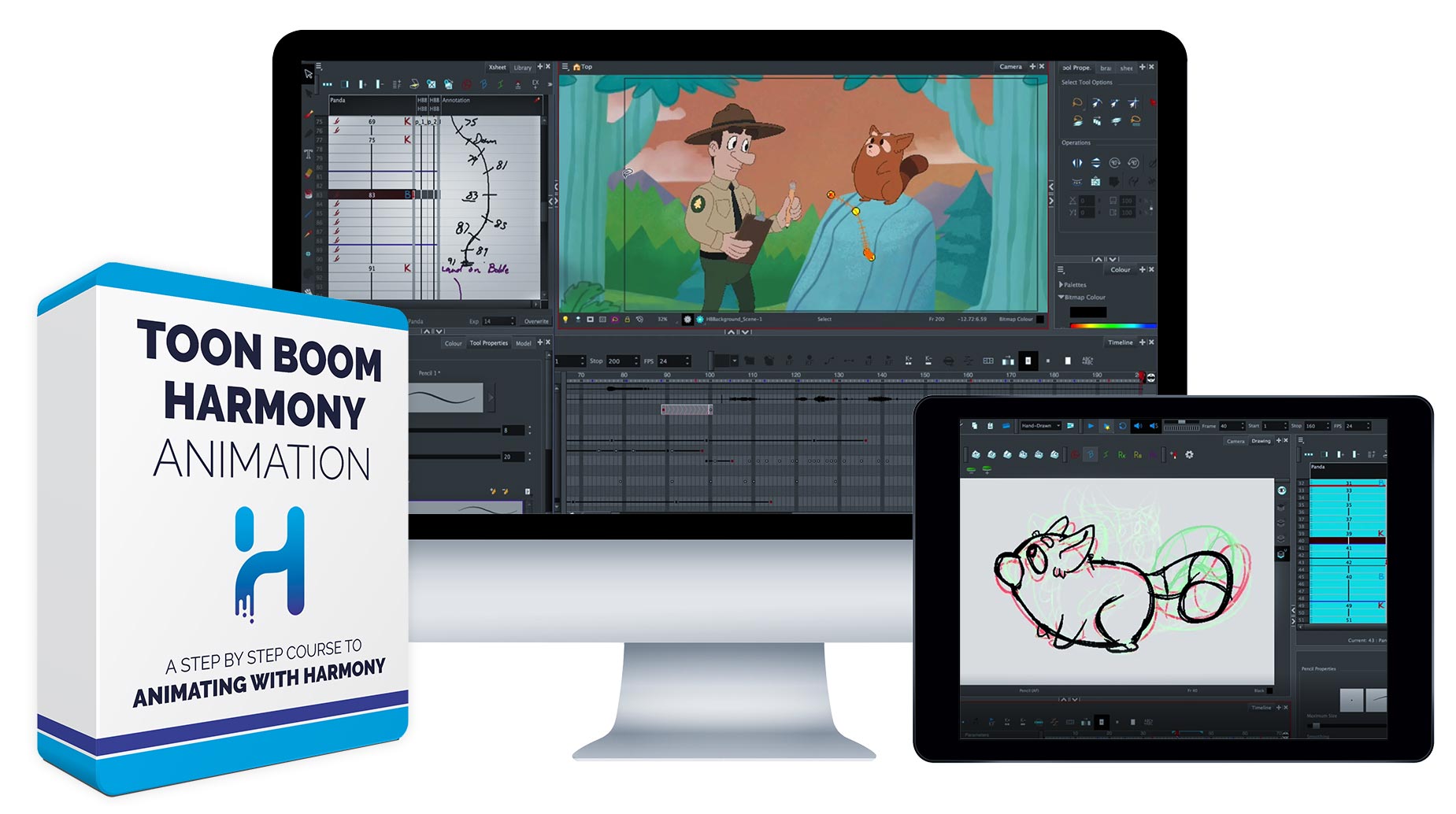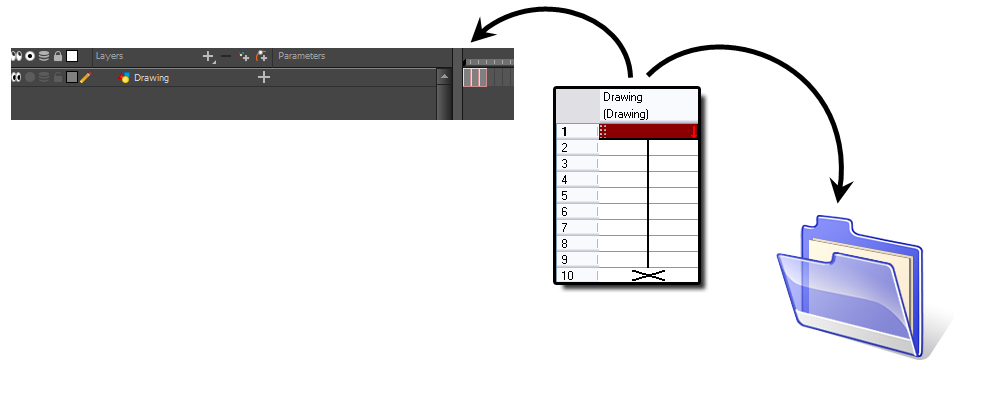
This value can range from -90 to 90 degrees. Skew: The angle at which the element is skewed. Values below 0 or above 360 degrees will cause the rotation to cycle.

This can be handy in cut-out rigs when you need to scale an arm without affecting the forearm.Īngle z: The angle at which the element is rotated, based on the 360 degrees scale. Ignore Parent Scaling: When this option is enabled, scaling factors applied to a parent layer will not be applied to the current layer. If this option is enabled and the amount of fields in the scene is 12, then the scale factor to shrink the element by half would be 6. For example, to shrink one of the dimensions of an element to half its original size, the scale factor would normally bet set to 0.5. Scale in Fields: With this option enabled, the scale factor is based on the amount of fields in the scene. (x) Axis: The horizontal scale factor. The default value is 1. Separate: Uses a separate parameter to scale the element on the X and Y axis, allowing to stretch or squash the element. Locked: Uses a single scale parameter to scale the element, preserving its proportions. Velocity: If the 3D Path option is selected, this function is used to control the pace at which the element moves towards each control point in the 3D Path function, on all three axes simultaneously. Path (z) Axis: The position of the element in the Back-Front axis, in fields. Path (y) Axis: The position of the element on the South-North axis, in fields. Path (x) Axis: The position of the element on the East-West axis, in fields. Path: If the 3D Path option is selected, this field allows you to create or select the 3D Path function used to position the element. Unless ease is applied to the axes, the trajectory of the element will follow straight lines going between each keyframe. This allows to control the direction and pace of the movement across all three axes separately. Separate: Positions the element using separate functions for the X, Y and Z axes. The pace and ease of the movement is determined by a single velocity function. This function is made of control points linked by a curvilinear path, making the movement follow a natural curve. A 3D path uses a single function to define the position on the X, Y and Z axes. The Transformation tab contains parameters for adjusting the position, scale, rotation, skew and pivots of an element.ģD Path: Use a 3D path to position the element. The drawing layer's properties are organized in the following tabs:

This allows you to accomplish the same effect as connecting the drawing layer to a cutter effect. When a drawing layer has a matte drawing, only the parts of the drawings that intersect with the opaque areas of the matte drawing will be rendered. Optionally, you can connect a matte drawing to a drawing layer. Just like with pegs, any transformation done to the parent layer, whether on itself or through one of its parents, will also be applied to the child layer.

You can also connect a drawing layer as a child of another drawing layer. This is especially useful in digital cut-out animation where manipulating and transforming layers is often the main method of simulating movement, and changing drawings is the secondary method. This allows you to keep the position and animation information of the element in the peg, making it easier to manipulate the exposure and the transformations separately. It indicates the position of the drawings relative to other elements and to the stage, as well as the drawing's connections with pegs, groups and effects, if any.Īlthough drawing layers can be transformed and animated on their own, it is typical to connect them under a parent peg.

The layer is what connects the element and its exposure to the rendered image.
#Drawing layers in toon boom harmony 16 series#
A drawing layer is linked to an element, which contains a series of drawing, and its Xsheet column, which indicates when and for how long each drawing is exposed. The Drawing layer is at the core of a scene's structure.


 0 kommentar(er)
0 kommentar(er)
